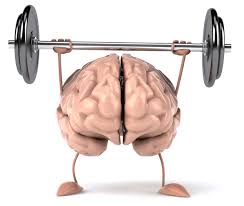This week we will begin reviewing Chapter 2 in Mindsets in the Classroom, by Marcy Cay Ricci. The focus in this chapter is to give ideas and to set goals as a grade level team, an entire staff, or school system to find out how to build a growth mindset culture.
- Step 1: Reflect and Pre-assess
- Share your beliefs about intelligences. Do you agree or disagree with the following statements?
- Our intelligence is one of our fundamental traits.
- We can all learn new things, but we cannot really change how smart we are.
- Share your beliefs about intelligences. Do you agree or disagree with the following statements?
- Step 2: Educate Staff About the Malleability of the Brain
- Share research about developed intelligence.
- Do we, as a society, believe in or demonstrate a growth mindset? Why or why not?
- In what areas, personal or professional, do you have a fixed mindset? Why?
- Share research about developed intelligence.
- Step 3: Educate Staff About Praise for Students
- When adults praise for what a student "is", instead of what a student "does", then they attribute their accomplishment to a fixed trait they were born with.
- Step 4 : Educate Teachers About the Brain

- Connections to prior knowledge and experiences
- The more connections made during a learning experience, the more physical changes occur in the brain by developing and strengthening neural paths.
- Step 5: Teach Students About the Brain
- Students realize that intelligence is not about a fixed number, a grade on a paper, or a report card. Intelligence is something that grows as you use it and languishes if you don't.
- Step 6: Educate Parents
- Reflect on the way they speak to their kids.
- Establish Look-Fors: Look for teacher and student growth mindset behaviors
- Utilize PLC
- Reflect on the way they speak to their kids.
The Final Step: Monitor, Evaluate, and Review School Protocols
Next month we will look at Chapter 3: Why is Differentiated Responsive Classroom Important to a Growth Mindset Culture?
